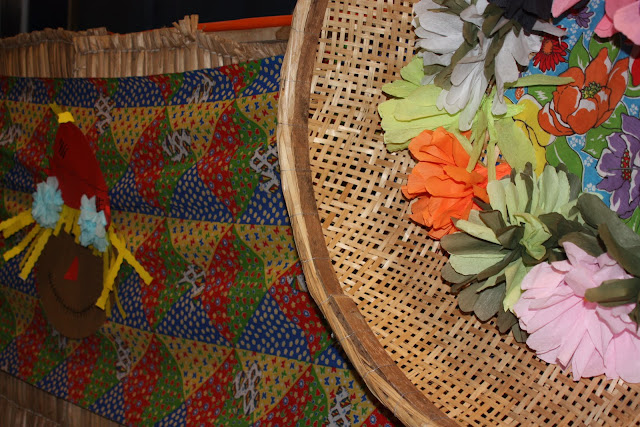As it is explained in Wikipedia:
"Portuguese St. John's Day, brought to Brazil during colonial times, has become a popular event that is celebrated during a period that starts one week before St John's Day and ends one week after, although they are not hollydays. As this nationwide festival, called "Festa Junina" (June Festival), happens during the European midsummer, it takes place in the Brazilian midwinter and is most associated with Northeastern Brazil, but is today celebrated in the whole country. It celebrates also Saint Antony and Saint Peter.
As the northeast is largely arid or semi-arid these popular festivals not only coincide with the rainy seasons of most states in the northeast but they also provide the people with an opportunity to give thanks to Saint John for the rain. They also celebrate rural life and feature typical clothing, food, dance (particularly quadrilha, which is similar to square dancing). Like Midsummer and Saint John's Day in Portugal and Scandinavian countries, São João celebrates marital union. The quadrilha features couple formations around a mock wedding whose bride and groom are the central attraction of the dancing. A maypole is also raised, similar to those raised during May Day.
Usually taking place in an arraial, a large, open space outdoors, men dress up as farm boys with suspenders and large straw hats and women wear pigtails, freckles, painted gap teeth and red-checkered dresses, all in a loving tribute to the origins of Brazilian country music and of themselves, some of whom are recent immigrants from the countryside to cities such as Olinda, Recife, Maceió and Salvador, and some return to the rural areas during the festival to visit their families. However, nowadays, Saint John festivities are extremely popular in all urban areas and among all social classes. In the Northeast, they are as popular as Carnival. It should be noted that, like during Carnival, these festivities involve costume-wearing (in this case, peasant costumes), dancing, heavy drinking, and visual spectacles (bonfires, fireworks display, and folk dancing).
As Saint John festivities also coincide with the corn harvest, dishes served during this period are commonly made with corn, such as canjica and pamonha; dishes also include peanuts, potatoes sausages and also sweet rice. The celebrations are very colorful and festive and include amazing pyrotechnics. Bonfires and fire in general are thus one of the most important features of these festivities, a feature that is among the remnants of midsummer pagan rituals in the Iberian Peninsula"
Some more pictures here






Nenhum comentário:
Postar um comentário